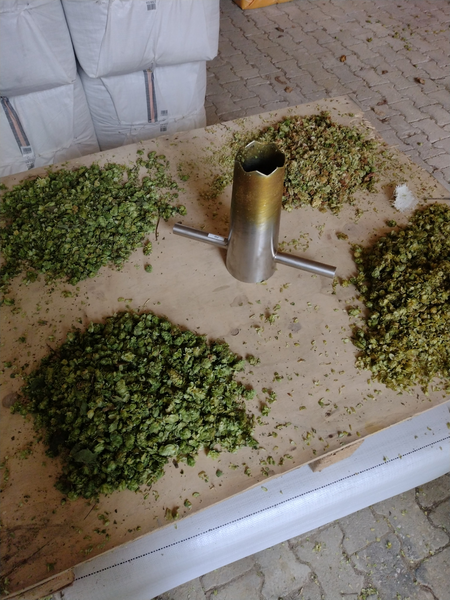I appreciate the recipe suggestions regarding the grist bill. That’s exactly the proportions and grains I’m focusing on. The yeasts as well, and I’ll be looking to find some ECY Kolschbier as well as Wyeast 2565 & 2575PC, in addition to the WLP-4061/Yeast Bay Rhine Kolsch that I’ve got propagating right now.
One small nit on grain pricing, though. The ‘homebrew’ pricing I’m seeing between Weyermann, Ireks and BestMalz is nearly identical. I don’t doubt German domestic brewers would choose other grains over Weyermann if the price differential was 5% or more, but I don’t see that as a rejection of Weyermann on a ‘quality’ basis. Quite the contrary.
I’ve had very good luck with Weyermann base malts, and their stats data (friability, diastatic power, etc) are comparable. I’ve got my LHBS/brewery supplier getting me pricing quotes from BSG for a 55# sack of both Weyermann Cologne and BestMalz Heidelberg, both of which are Spring-grown 2 row Bohemian malts grown in the terroir near the Neander Valley.
Even though as you point out, Kolsch is a yeast driven beer, these grains are said to express some of the classic characteristics of Kolsch beers, more so than other top tier German Pilsner malts. The bigger decision is whether to include a small amount of wheat.
My plan is to brew at least five half-batches to compare what ‘similar but different’ combinations of yeasts/hops/grains yields the most authentic Kolsch. It’s been 15-20 years since I had the pleasure of having Kolsch by the Dom in Koln, and as happy as I am to have purchased some Gaffel and Reisdorf stateside recently, it certainly falls short of the fresh beers served by the Kobes.

















































![Craft A Brew - Safale BE-256 Yeast - Fermentis - Belgian Ale Dry Yeast - For Belgian & Strong Ales - Ingredients for Home Brewing - Beer Making Supplies - [3 Pack]](https://m.media-amazon.com/images/I/51bcKEwQmWL._SL500_.jpg)










